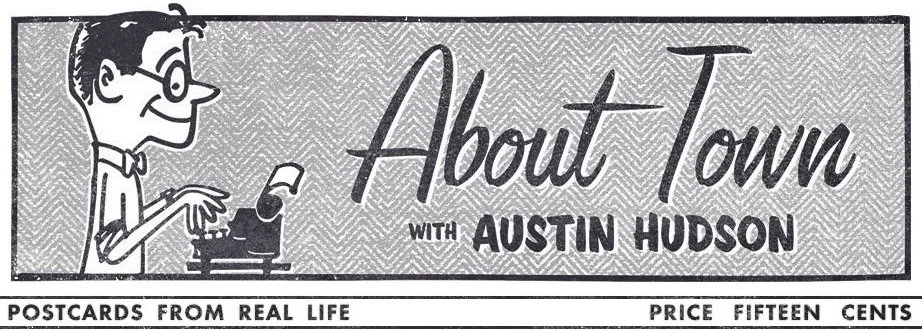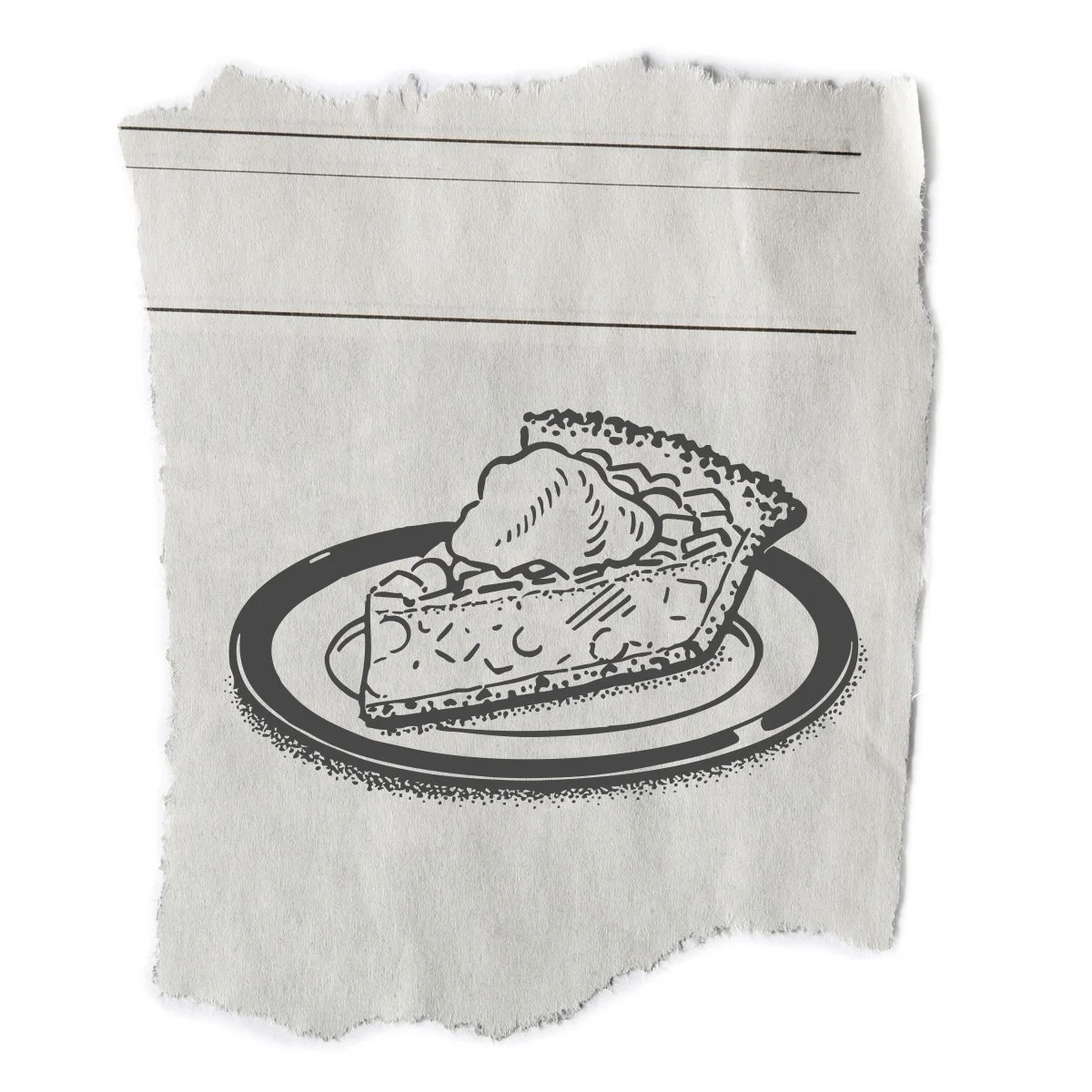Pioneer Day
We hope we're not causing a stir by saying this, but outside of Utah’s outsized love of Halloween, Pioneer Day might be our humble state's next greatest passion. Dedicated observers around the country may swoon for the Fourth of July — scattered sparklers, red-white-and-blue popsicles — but here in Utah, it’s a mere opening act. A warm-up. A dress rehearsal for the real show.
While it may be a national holiday, the Fourth functions locally as a prologue to several weeks of fireworks lit at inopportune times, lawn chairs placed in inconvenient places, and the climactic finale of the 24th — a day overflowing with reenactments, orchestras, and more canvas bonnets than an Oklahoma! revival cast. For our gentle readers outside the state, think of it as Independence Day 2: This Time, with Fiddles. In other parts of the country, July starts strong and coasts lazily into August. In Utah, we prefer to double down and do the same holiday twice.
Fork in the Trail, Pint in Hand
Ostensibly, Pioneer Day commemorates the arrival of Mormon pioneers in the Salt Lake Valley. To hear our neighbors of a certain age describe it, it’s a sacred time of gratitude, reflection, tradition, and family history. But Utah, as anyone who's lived here knows, contains multitudes. In response to the earnestness of the 24th, a quieter rebellion has emerged — one that’s grown into something close to open cultural warfare: Pie and Beer Day, an unofficial holiday that says “Yes, and…” to Pioneer Day — yes to community and tradition, and also yes to gluten and hops.
The two holidays now coexist — separate but equal (a phrase we loathe to use, but which fits a little too well). The tension between them seems to have eased in recent years. Perhaps it’s all the new arrivals to the state, more interested in celebrating the present than reenacting the past. Or perhaps it's just that being the underdog is always cooler than being the establishment.
Pie and Beer Day is, without question, the trendier of the two — though nearly anything would seem edgy when set beside handcarts and wool trousers. While it may lack deep tradition, it offers food truck caravans, DJs in bucket hats, and pie-eating contests judged by men named Travis or Blayne. It's hard not to fall for the idea that if Pioneer Day honors the past, Pie and Beer Day insists we live in the present — one pint and one slice at a time.
Still, we think there’s room for mutual influence. Imagine a hybrid parade: deep-fried scones tossed from floats like Mardi Gras beads, missionaries in name tags handing out cherry pie, and covered wagons retrofitted with tap handles. A ridiculous idea, perhaps — but then again, when has pie ever made anything worse?
Peach Cobbler and Other Sacraments
Of course, Pioneer Day has its own culinary traditions, though they rarely make the travel blogs — unless you count the occasional family-living Instagram account. Dutch Oven cooking, which is less a technique than a full personality type, dominates the holiday. And it’s responsible for countless garage conflicts, as men of a certain age unearth their cast iron gear from dusty shelves like archaeologists of their own bachelorhood.
The payoff, however, is usually worth the domestic unrest. Sooner or later, you’ll encounter a neighbor who has baked a peach cobbler in a cast iron pot over real coals, in their driveway, wearing a bandana for no clear reason. And they will insist you take a second helping whether you liked the first or not.
But the real dark horse in the running for “official Pioneer Day dish” is homemade root beer — violently carbonated, wildly foamy, and sweet enough to explain why every strip mall in Utah contains at least one dentist. We remember when it was a Halloween tradition, dispensed in Dixie cups by neighbors who viewed chocolate as a moral compromise. But those days were sacrificed on the altar of food safety, and the drink has since migrated to Pioneer Day, where it flourishes quietly as an underground favorite. After all, nothing pairs with Dutch Oven casserole in 100-degree heat quite like sugar water ladled from a five-gallon orange cooler someone accidentally reversed into with their minivan.
Some say Utah’s culinary legacy is green Jell-O and funeral potatoes, but we’d argue the real flavor of the state is cast iron breakfast casserole followed by a cup of something suspiciously beige and foaming. One dish tells a story of scarcity. The other tells a story of surplus. Together, they taste like home.
Chair Today, Gone Tomorrow
By mid-July, the park strips of nearly every city in our fair state begin to bloom — not with flowers, but with lawn chairs. Pairs and clusters appear mysteriously at dawn, left unguarded yet somehow sacred. It’s the opening gambit in a slow game of territorial parade chess, where staking out six feet of curb with a folding chair and a half-full Dasani bottle is both frowned upon and entirely respected.
As you’d expect, the tension builds. We recently overheard a man debating the ethics of turning on his sprinklers to “accidentally” soak a family’s setup that had drifted a little too far onto his lawn. But subtler forms of combat also abound. Many a Utahn of a certain generation recalls being dispatched to sleep overnight on a blanket to defend the family claim. While that may be less common today, it’s still not unusual to hear the cry of a child whose parents failed to bring a shade tent, followed by a parent loudly declaring that the whole thing is “a little bit extreme” — all while laying out coolers and 30-year-old blankets in a suspiciously geometric pattern.
The parade doesn’t begin until the 24th, but the negotiations start well before — and the first float is never quite as dramatic as the turf war that came before it.


